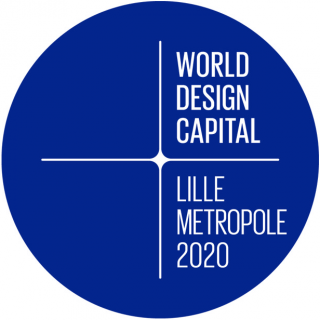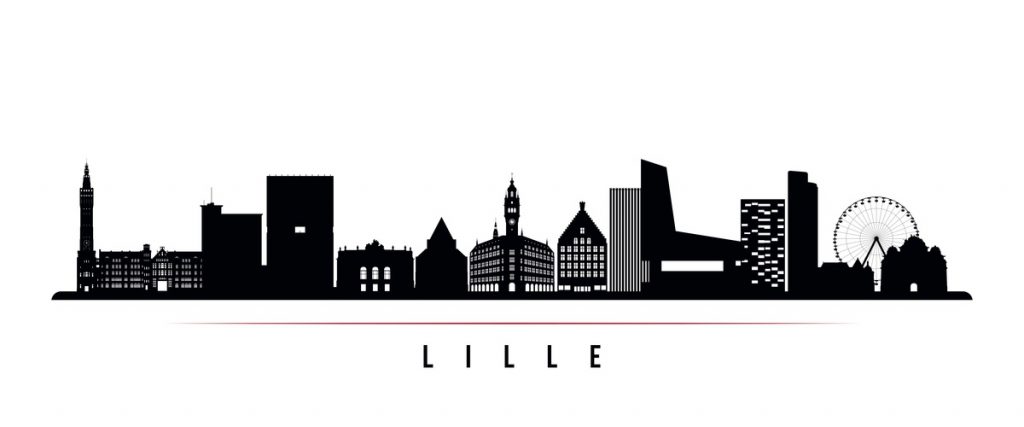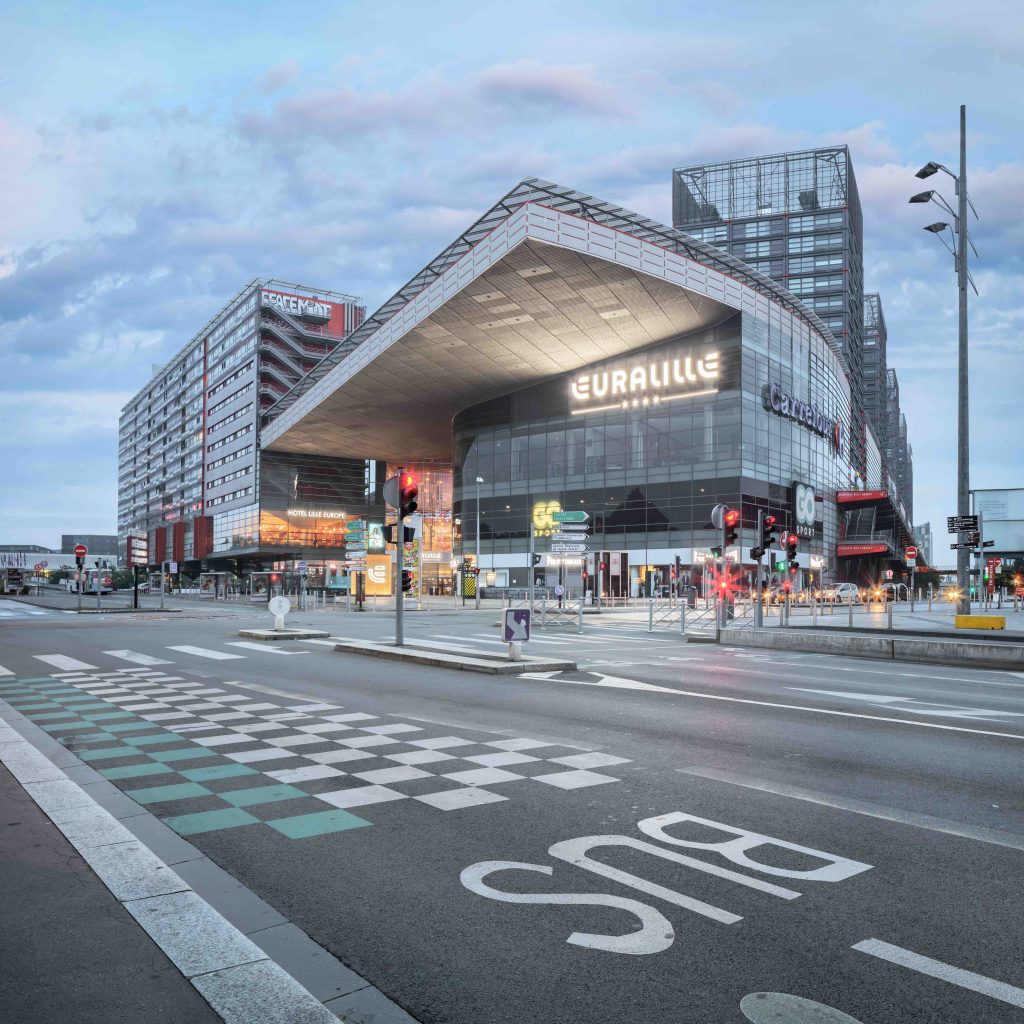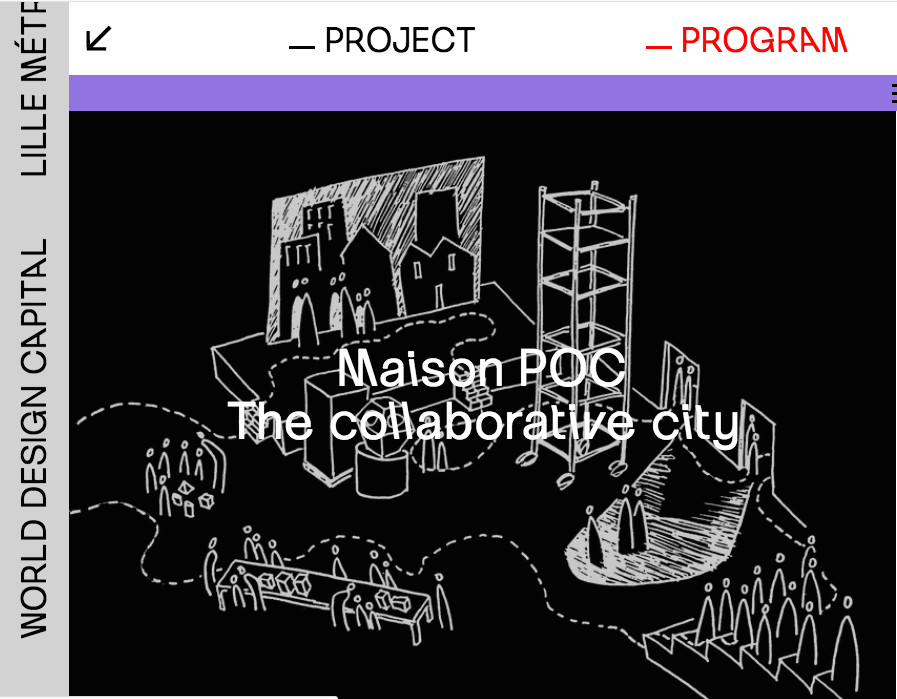
In light of Valencia being named 2022 World Design Capital, The Decorative Surfaces is offering a series of articles looking at the unique features of seven cities or regions that have already had the privilege of being design capitals.
Starting with the most recent first, we are going to take a look at Lille Métropole. It is an urban enclave in the Nord Département in the Hauts-de-France region, home to 90 municipalities and over 600 design firms. The area is currently basking in the global spotlight for design, art and creativity in 2020 under the banner ‘design is capital’.
Discovering Lille
 Lille is a large city strategically located between Brussels, Paris and London, and has been a hive of activity and talent since 6th December 2019, when its programme of activities as World Design Capital kickstarted. However, due to the health crisis caused by the Covid-19 outbreak, the second wave of activities planned to begin on 29th April has been temporarily suspended. Undoubtedly, this edition will be remembered for the health crisis, as will all events and fairs planned for the pre-summer season, and likely those for the autumn-winter one too.
Lille is a large city strategically located between Brussels, Paris and London, and has been a hive of activity and talent since 6th December 2019, when its programme of activities as World Design Capital kickstarted. However, due to the health crisis caused by the Covid-19 outbreak, the second wave of activities planned to begin on 29th April has been temporarily suspended. Undoubtedly, this edition will be remembered for the health crisis, as will all events and fairs planned for the pre-summer season, and likely those for the autumn-winter one too.
Nevertheless, the charms of Lille Métropole remain evident. Even with an agenda and live events on hold for now, the area’s architectural landmarks can still be enjoyed. If we travel by train, the first of these is found upon arrival in the city: the railway station designed by urban architect Jean-Marie Duthilleul.
This architect’s style came to Lille in 1994. This year coincides with the opening of the high-speed Paris-London corridor that stops at the World Design Capital. Additionally, Duthilleul is also behind other emblematic transport projects, such as the Charles De Gaulle airport train station (Charles De Gaulle was actually born in Lille), as well as the Montparnasse and Saint Denis stations in France, and Wuhan station in China.
His signature approach is structures that are open to the city. This, combined with functionality, accessibility and synchronicity with urban development is clearly reflected at Lille station. For this reason, it was established as the event’s transport hub throughout 2020.
Urbanism, entrepreneurship and a start-up ecosystem

Its central location, marked entrepreneurial nature, being the centre for French start-ups and high-speed travel links to London, Brussels and Paris, make Lille an extraordinary focal point and underscore its standing as the region’s capital. This new dynamic setting whose reputation as a benchmark for rugged urban design is further highlighted by the neighbourhood around Euralille. This business centre was designed by renowned Dutch architect Rem Koolhas. The area projects clear forward-thinking, as does the city of Lille as a whole in 2020. This attitude could already be appreciated back in 2004 when the city shared the title of European Capital of Culture alongside Genoa.
The POC

According the World Design Organisation headquartered in Montreal, Lille was chosen as World Design Capital 2022 thanks to its unique capabilities in taking the signature essence of past projects and integrating it into current and future plans.
Namely, the POC are part of the design capital programme and a reflection of this special Lillois character. It is a made up of five ‘maisons’ or spaces to showcase 600 open experiments for communities, businesses, universities, cultural spots and design associations. The idea is for the spaces to serve as incubators and research labs to test projects in the four stages of the design process. These are: understanding needs, imagining responses, experimenting with ideas and implementing solutions.
After the pause due to the Covid-19 health crisis, we will be able to see the talent emerge from these experiments across the five spaces in the Métropole: Maison Folie de Wazemmes (Lille), Saint so Bazaar (Lille), Convent des Clarisses (Roubaix), La Biotope (Lille) and La Chaufferie Huet (La Madeleine).
The largest collaborative design agency in the world
In the words of Damien Castelain, chair of the Lille Metropole 2020 committee, the programme of activities aims to turn the region into ‘the largest collaborative design agency in the world’, as well as reinvent ‘our industries, landscape, geographical space and society in response to the problems the world is facing’.
The skyline of the city of Lille traces this very philosophy but from a more classical perspective, with current structures emerging from historical situations. Taking La Grande Place as our starting point on our virtual tour, we can visit architectural delights such as the Sebastopol Theatre, the Gothic-inspired Rihou Palace or the Vauban citadel. Designed by Sebástien La Pestre at the end of the 17th century as a military fortress on the banks of the Deûle River, the citadel is today the city’s inspirational green space and one of Lille’s most identifiable symbols.
Moreover, the capital is also known as a hotbed for students, with over 110,000 under-25s living and working at the region’s campuses and technology centres. One of these, the National School of Higher Studies of Architecture and Landscape Architecture (ENSAPL), is located in Villeneuve d’Ascq and has become an international benchmark and pool for talented budding designers and architects from around the world.

